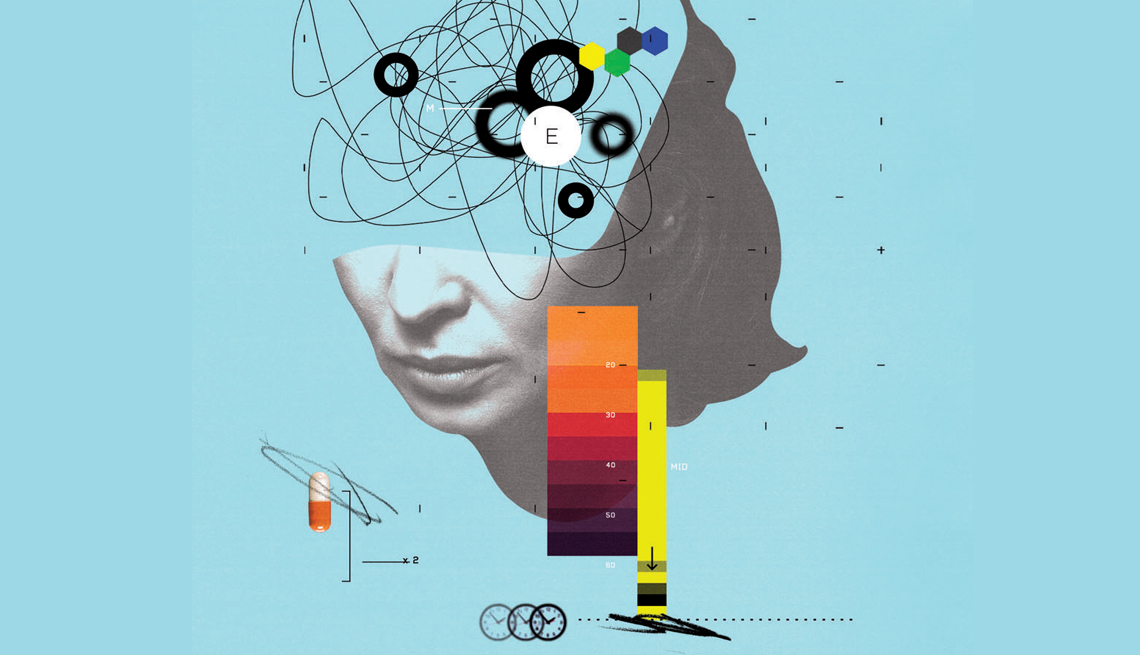
Today’s digitally-driven world sees technology permeating every aspect of our daily life. The link between technology and people with Attention-Deficit/Hyperactivity Disorder (ADHD) can be advantageous as well as difficult. While there are many advantages to technology, including better organization, productivity tools, and connectedness, there are also many drawbacks, such distractions, impulsive triggers, and the possibility of addiction-like behaviors. Achieving a balance that optimizes the advantages while reducing the disadvantages is essential for properly controlling ADHD in a technologically advanced culture.
Recognizing ADHD’s Effect on Using Technology
ADHD is a neurodevelopmental disease marked by impulsivity, hyperactivity, and trouble paying attention. These symptoms have the potential to significantly affect how people use technology. For example, people with ADHD may have trouble with:
Attention span:
The inability to focus on one thing at a time, often made worse by the incessant barrage of notifications and stimuli from digital gadgets.
Impulsivity:
Behaving impulsively without fully thinking through the implications; this can result in unsafe internet behaviors, excessive online shopping, or impulsive link clicking.
Hyperactivity:
They may find it difficult to stay still for extended periods of time (such as when working or studying) due to their restlessness and incessant movement, which may hinder their ability to use technology effectively.
Because of these difficulties, people with ADHD frequently experience a paradoxical relationship with technology, depending on it for support yet being susceptible to its traps and distractions.
Technology’s Advantages for ADHD Treatment
Despite these difficulties, when utilized carefully, technology can be an effective tool for those with ADHD. The following are some advantages of technology:
Time management and organization:
Reminder, schedule, and task management apps and tools may keep people on track and organized.
Learning Tools:
Interactive and captivating methods of information absorption are offered by educational apps and web resources, which can accommodate a variety of learning preferences.
Communication and Support:
Telehealth services, online forums, and support groups are all excellent ways to meet people, exchange stories, and get expert assistance.
For people with ADHD, technology can greatly improve their quality of life by delivering structure, facilitating communication, and enhancing learning. In situations when traditional methods may not be as effective, technology can offer help.
Technology Use’s Drawbacks and Challenges
But there are important drawbacks to technology’s widespread use as well:
Digital Diversions:
Games, social media, and continual notifications may all quickly throw off concentration and productivity, causing people to put off or abandon activities.
Impulsivity Triggers:
Clickbait articles, online gambling sites, and shopping sprees prey on impulsive inclinations, which can result in time and financial stress.
Screen Time and Sleep:
Too much screen time, particularly right before bed, can interfere with sleep cycles, causing symptoms of ADHD to worsen and affecting cognitive abilities.
Furthermore, the novelty-seeking and immediate reward features of technology can encourage addictive tendencies, making it challenging for those with ADHD to control their consumption.
Techniques for Drawing Healthful Boundaries
Deliberate tactics are needed to strike a balance between regulating the negative aspects of technology and utilizing its benefits.
Use Purposeful Apps:
Steer clear of apps made for mindless pleasure or impulsive browsing in favor of those that improve productivity and organization.
Set Clear Boundaries:
To encourage improved sleep hygiene and lessen digital distractions, set aside specified hours for using technology and identify areas that are tech-free (such as bedrooms).
Engage in Mindfulness Practice:
Recognize the impact of technology on your focus and emotions. Use mindfulness practices to take a moment to gather your thoughts before responding hastily on social media.
Seek Professional Guidance:
To create individualized plans for effectively managing technology use, collaborate with therapists and healthcare professionals that specialize in treating ADHD.
Take Part in Offline Activities:
Foster interests and pastimes that take you away from screens and encourage mobility, social contact, and creativity.
Through the incorporation of these tactics into everyday routines, people with ADHD can foster more positive interactions with technology, optimizing its positive effects while mitigating its detrimental effects on mental well-being and productivity.
Families and Support Systems: Their Role
Navigating the difficulties of using technology with ADHD requires the support of peers, teachers, and family members:
Education and Awareness:
To promote empathy and understanding, train educators and family members about ADHD and how it interacts with technology.
Collaborative Planning:
Include family members in establishing rules for the use of technology and organizing spaces that promote concentration and efficiency.
Monitoring and Encouragement:
When people with ADHD successfully adopt healthy technology habits, including finishing chores or cutting down on screen time, provide them with positive feedback and support.
Establishing a conducive atmosphere that strikes a balance between rigidity and adaptability might enable people with ADHD to efficiently manage technology and succeed in both personal and academic endeavors.
In summary
In conclusion, there is a complicated interaction between technology and ADHD that is influenced by both the advantages of technology and the difficulties it poses. Through comprehension of these dynamics and application of attentive tactics, people with ADHD can optimize the benefits of technology while minimizing its drawbacks. Achieving a balanced and meaningful existence in our increasingly digital environment requires setting up appropriate boundaries, getting help from loved ones and specialists, and making time for offline activities. People with ADHD can effectively use technology, improving their productivity, wellbeing, and general quality of life, with the correct resources and assistance.
Establishing these healthy limits is essential for enabling people with ADHD to flourish in a world where digital connectedness is pervasive but may sometimes be overwhelming. It goes beyond simple technology management. Through thoughtful use of technology and the development of supportive connections, we may establish online and offline environments that are conducive to the success of individuals with ADHD.